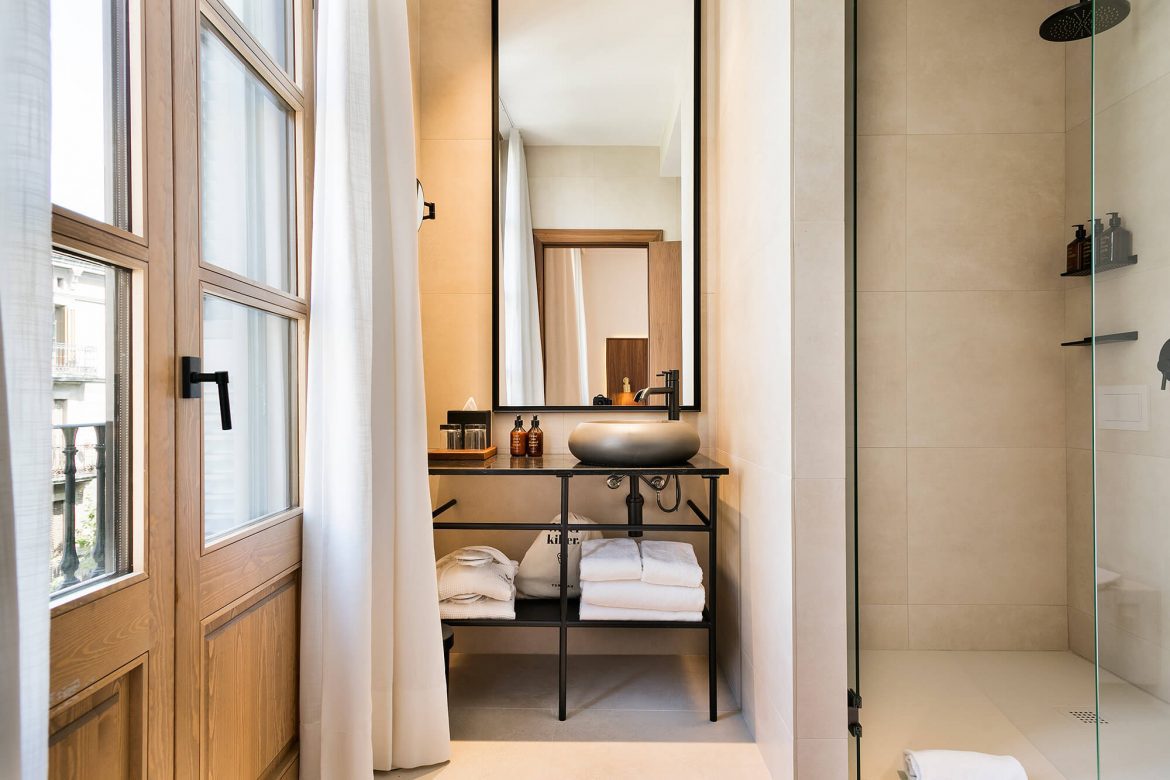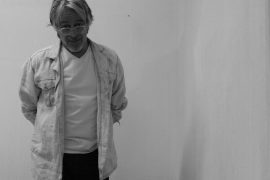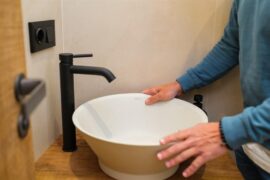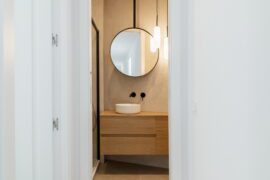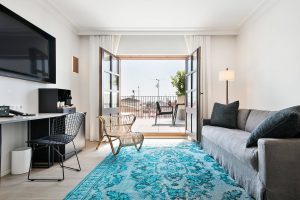 Interior design in the restaurant and hotel sector is becoming more and more important: hotels, restaurants, spas, bars and cafeterias are becoming points of reference in the leading cities of the world.
Interior design in the restaurant and hotel sector is becoming more and more important: hotels, restaurants, spas, bars and cafeterias are becoming points of reference in the leading cities of the world.
Specifically, the hotel sector is the one that most emphasises design strategies to renew the tourism industry. This process is necessary to ensure a rotation of visitors and to maintain the capacity to surprise. That is one of the greatest concerns of the professionals in the sector who make use of management firms and consultancies to conduct theoretical and practical analyses of the businesses to assess the opportunities present in each.
At Smart Rooms Company, they are very aware of this and work with a proprietary management model to provide solutions in hospitality services. Its hallmark is to dedicate special care and attention to design. We talk to Raquel Sogorb, an interior designer at Smart Rooms Company, the company responsible for creating Barcelona’s Hotel Yurbban Passage, where the Novales washbasin in the Bathco Cement Series can be found.
How do you balance aesthetics and functionality in your hotels?
The functional elements can be functional and aesthetic without there being any conflict. There shouldn’t be a wall between them. In the case of the Yurbban Hotels, we successfully combined aesthetics and functionality without conflict or making an artificial distinction between the two concepts.
How do you adapt to the constant renewal in the tourism industry?
At the level of interior design, we adapt to the market as authentically as possible. When travellers visit Barcelona, they look for authenticity, a local rootedness, and to be able to experience the destination as if they were from the city. That is precisely the philosophy of Yurbban: Life as a native.
What do your clients look for?
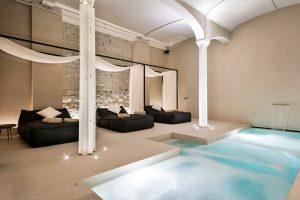 Our experience as hoteliers tells us precisely that what the guest wants is to “live like a native”. So we try to provide them with what is “most ours”, in everything from interior design to gastronomy.
Our experience as hoteliers tells us precisely that what the guest wants is to “live like a native”. So we try to provide them with what is “most ours”, in everything from interior design to gastronomy.
What is the trend right now in terms of hotels baths in your opinion?
Looking at everything that I find inspiration in, I would highlight the Belgian trend, both in architecture and interior design. That’s what is enriching and inspiring me at the moment. It involves a minimalist space, but one that is visually warm, comfortable and elegant. With respect to the bath, our conception of it, in terms of materials and colour schemes, is more as a personal grooming space; we’re talking about stone hues, a mineral concept… It’s more decorative in nature, for example with the washbasin. Our intention is to integrate the dressing room-personal grooming space, not as a separate WC and shower area. We don’t try to differentiate between the room and the shower.
What characteristics must washbasins have to form part of a project?
There always has to be something surprising about the washbasin, and that’s the special touch we want to add. Before, in a house, the lounge was considered the most important space; and in the case of hotels, it was the rooms. Now, as is happening in the most modern and attractive restaurants, there is always a special touch in the restroom, which is also the case in Yurbban hotels.


